How Humans Survived the Most Extreme Volcanic Eruption in Ancient History
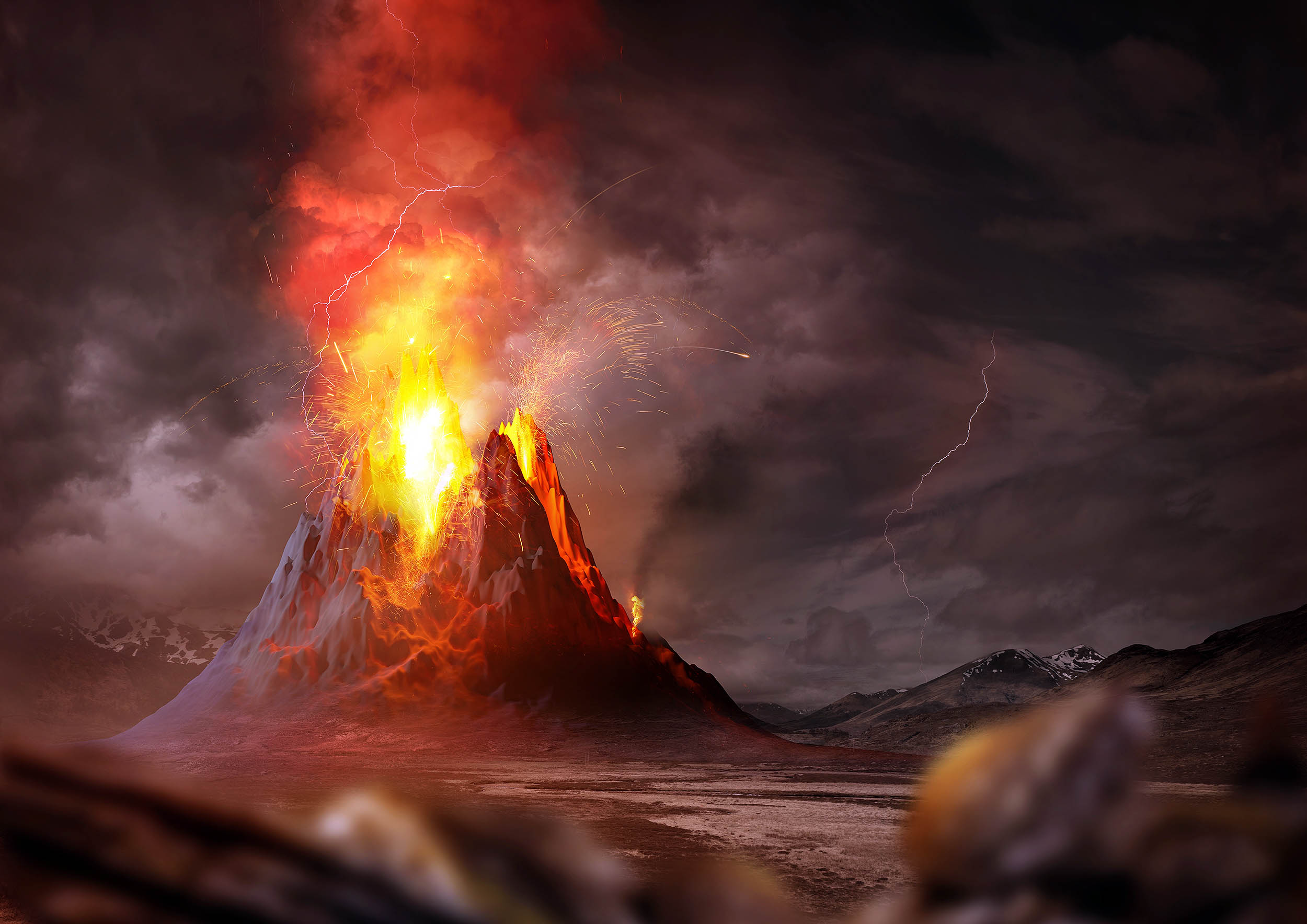
Roughly 74,000 years ago, the Earth experienced one of the most catastrophic natural disasters in its history—a supervolcanic eruption so powerful that it nearly wiped out entire ecosystems and may have brought early humanity to the brink of extinction. This was the eruption of Mount Toba, in present-day Sumatra, Indonesia.
Known as the Toba supereruption, it expelled more volcanic material than any eruption in the last 2 million years. For decades, scientists believed it plunged the planet into a volcanic winter, radically altering global climates and threatening the survival of early Homo sapiens.
Yet, we survived. How?
This article explores what we know about the eruption, its aftermath, and the extraordinary resilience of our ancestors who weathered this apocalyptic event.
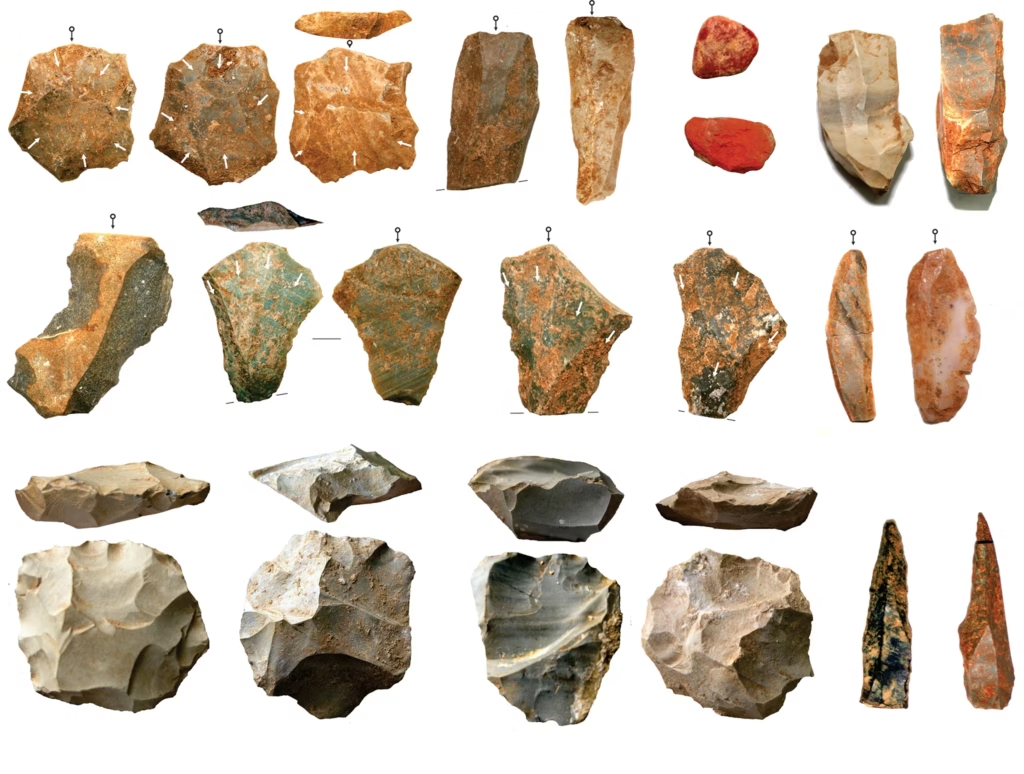
🌋 The Eruption of Mount Toba: Scope and Scale
What Happened?
- Date: ~74,000 years ago
- Location: Toba Caldera, North Sumatra, Indonesia
- Volcanic Explosivity Index (VEI): 8 (the maximum)
- Erupted Material: ~2,800 cubic kilometers of volcanic ash and rock
- Eruption Duration: Possibly weeks to months
Environmental Impact:
- Created a caldera ~100 km long and 30 km wide (today’s Lake Toba)
- Released hundreds of millions of tons of sulfur dioxide into the atmosphere
- Resulted in ash fall as far as India and East Africa
It was 10,000 times more powerful than the 1980 Mount St. Helens eruption and 100 times larger than Krakatoa (1883). It was, essentially, a planetary-scale disaster.
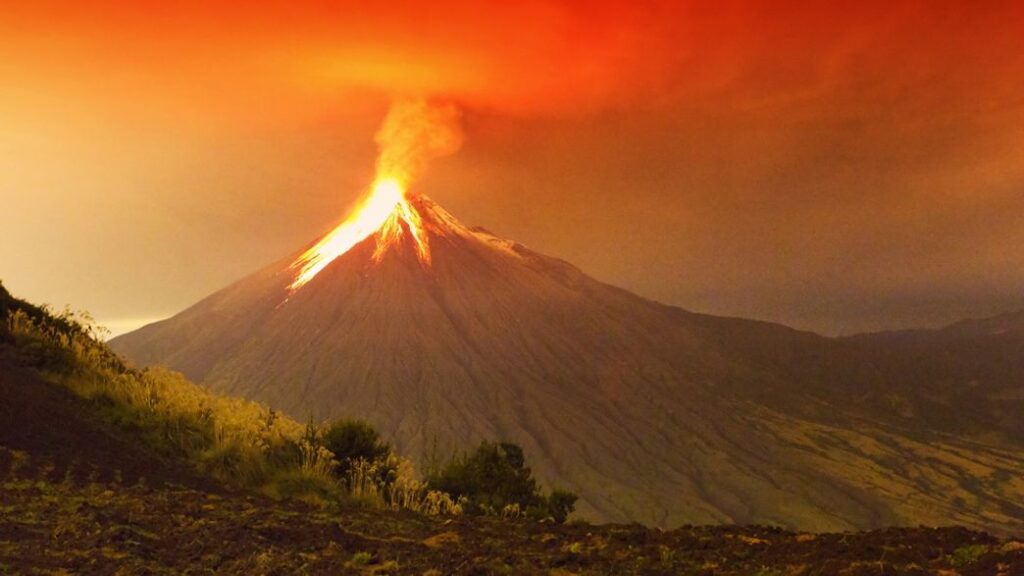
🌫️ The Volcanic Winter Hypothesis
For years, scientists believed that Toba triggered a “volcanic winter”:
- Sulfur particles in the upper atmosphere reflected sunlight, cooling Earth’s surface
- Global temperatures may have dropped by 3–5°C (5.4–9°F) for years
- This could have caused widespread crop failure (had agriculture existed), reduced rainfall, and even mass extinctions
Evidence supporting the hypothesis:
- Ice core samples from Greenland and Antarctica show a spike in sulfur deposits and a sudden temperature drop
- Genetic bottlenecks in human DNA suggest a major population decline around this time
🧬 Did Humanity Almost Go Extinct?
The Genetic Bottleneck Theory:
- Some early genetic studies proposed that the human population dropped to fewer than 10,000 individuals
- This bottleneck may have reduced genetic diversity in modern humans
- Support came from the limited variation in mitochondrial DNA among global populations
However, more recent findings have challenged the severity of this theory.
🏞️ Archaeological Evidence: Signs of Survival
Surprisingly, archaeological sites across Africa and South Asia show continuous human occupation before and after the eruption:
1. Jwalapuram, India
- Located in Andhra Pradesh, this site lies directly beneath a layer of Toba ash.
- Stone tools found before and after the eruption appear unchanged, suggesting that humans persisted through the disaster.
2. South Africa’s Pinnacle Point and Blombos Cave
- Coastal caves show ongoing use of marine resources, shellfish, and ochre.
- No significant break in occupation across the eruption period.
These sites show that certain human groups were able to adapt, likely by:
- Relying on diverse food sources
- Living in ecologically stable zones (like coastlines)
- Using advanced cognitive behaviors such as symbolic art and strategic foraging
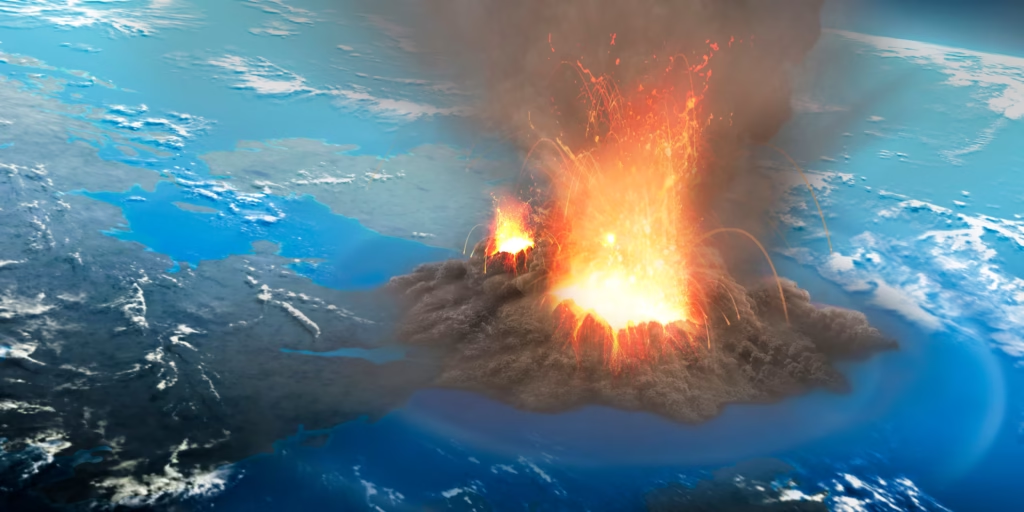
🧠 Human Adaptability: The Key to Survival
Humans survived Toba because of flexibility, innovation, and social cooperation.
Possible survival strategies:
- Mobility: Migrating away from affected zones
- Diet diversification: Relying on marine foods, nuts, tubers
- Shelter building: Protecting against cold and ash
- Tool use: Microlithic technologies allowed for efficient hunting and processing
- Social networks: Sharing resources among kin groups
This adaptability is what ultimately allowed Homo sapiens to emerge from catastrophe stronger and more dominant.
🌍 Global Effects of the Eruption
The Toba eruption had far-reaching consequences:
| Region | Impact |
|---|---|
| Southeast Asia | Covered in deep layers of ash; ecosystems devastated |
| India | Up to 15 cm of ash fall; potential disruption to early human groups |
| Africa | Climate stress but less direct ashfall; key refuge zone |
| Middle East & Europe | Likely affected by climatic cooling |
| Oceans | Likely disrupted monsoon systems and ocean currents |
🔄 Rethinking the Toba Impact: Recent Discoveries
More recent studies question whether the eruption caused a global catastrophe to the extent once believed.
Revised Findings:
- Climate models now suggest regional, not global, cooling.
- Some areas, particularly coastal refuges, may have been less affected.
- There’s growing evidence that modern humans in Africa maintained steady population sizes.
In other words, while Toba was massive, human extinction was likely never imminent—though the eruption did shape migration, adaptation, and evolution.
🔬 What the Toba Event Taught Us
The Toba eruption became a case study in human resilience. It also underscores how fragile yet durable early human populations could be.
Key takeaways:
- Natural disasters can shape evolution, culture, and population dynamics.
- Genetic bottlenecks may result from multiple causes—not just volcanoes.
- Our ancestors were not passive victims, but active survivors of extreme change.
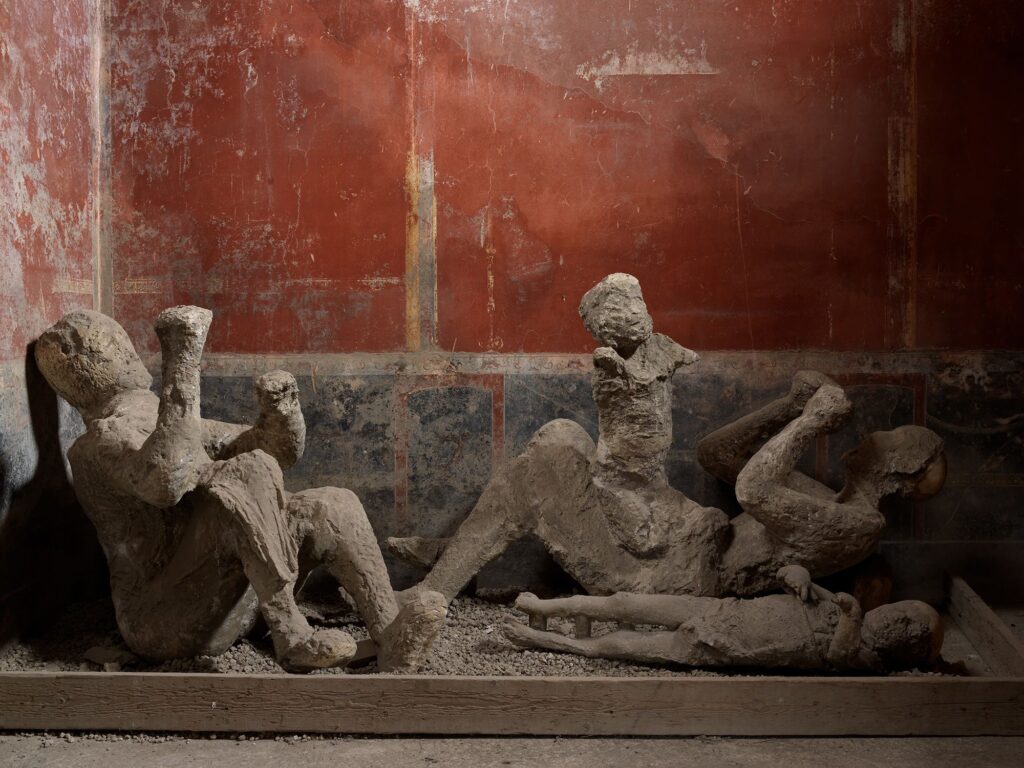
🌐 Legacy and Lessons for Today
As we face modern climate change, supervolcano risk, and ecological disruption, the Toba event serves as both a warning and a testament to human tenacity.
If small bands of hunter-gatherers with no technology could survive one of the greatest eruptions in Earth’s history, modern humanity—armed with science, communication, and foresight—has no excuse not to prepare for and adapt to whatever nature brings next.




